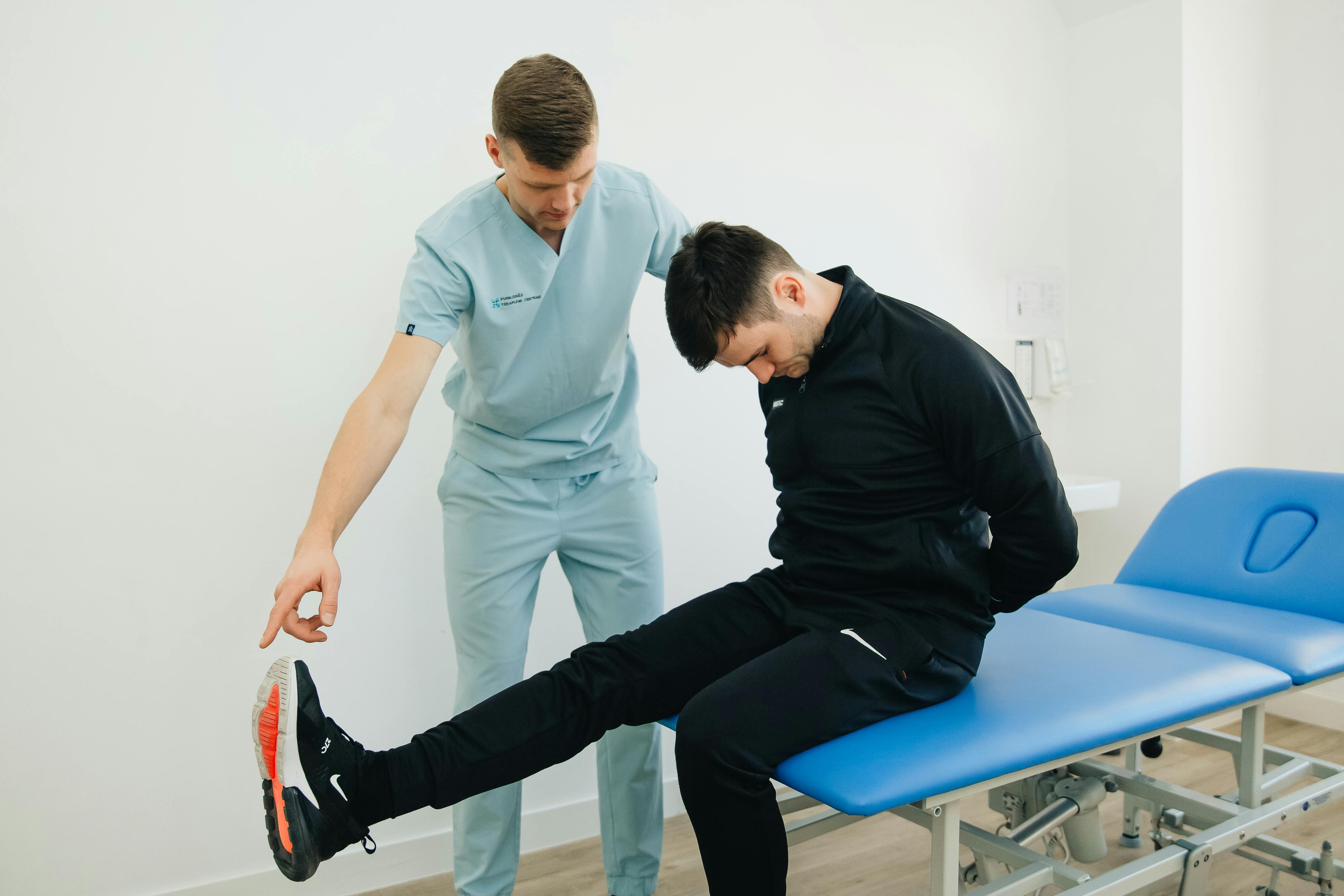



Sciatica is a painful and often frustrating condition that affects many people, especially those who have dealt with it for months or even years. If you’ve had sciatica for a long time, you might feel like you’ve tried everything: rest, medication, even physical therapy, with little success. But here’s the good news: the right exercises can help manage and reduce sciatica pain over time.
This guide will explain what sciatica is, why movement is key, and which exercises can help you feel better.
Sciatica isn’t a condition itself but a set of symptoms caused by irritation or compression of the sciatic nerve. The sciatic nerve is the longest nerve in the body, running from your lower back down through your buttocks and into your legs. When it gets irritated, it can cause:
Various issues, including herniated discs, spinal stenosis, tight muscles, or prolonged poor posture can cause sciatica.
If you've had sciatica for a long time, your body may have developed movement habits that actually keep the pain going. Gentle, consistent exercise can help retrain your body to move better, ease pressure on the nerve, and reduce flare-ups.
It might seem counterintuitive. If movement hurts, why do more of it? The key is the right kind of movement.
Exercise helps sciatica by:
Resting too much or avoiding movement can make sciatica worse over time. The goal is to move in a way that helps, rather than aggravates, the pain.
These exercises focus on gently stretching tight muscles, strengthening weak areas, and improving movement patterns.
Nerve gliding exercises help the sciatic nerve move freely without getting "stuck" in irritated areas.
How to do it:
This gentle movement can desensitise the nerve and reduce irritation over time.
Tight hamstrings can put pressure on the sciatic nerve.
How to do it:
Avoid bouncing or forcing the stretch. It should feel gentle but effective.
The piriformis is a small muscle in the buttock that can press on the sciatic nerve when tight.
How to do it:
This stretch is especially helpful if your sciatica pain is more in the buttock than the back.
Gentle spinal movement can reduce stiffness and improve posture.
How to do it:
This exercise keeps the spine mobile and reduces pressure on the nerves.
A strong core prevents excess strain on the lower back.
Modified dead bug exercise:
Avoid crunches or sit-ups, as they can put too much pressure on the spine.
In addition to these exercises, making small changes in your daily routine can help manage sciatica long-term:
✔ Avoid prolonged sitting: stand up and move every 30–60 minutes.
✔ Use proper posture: keep your lower back supported when sitting.
✔ Sleep with a pillow between your knees (if sleeping on your side) to keep the spine aligned.
✔ Walk regularly: gentle walking can reduce pain and stiffness.
✔ Be consistent: exercises work best when done regularly over time.
It’s normal to feel mild discomfort when starting new exercises, but pain should not significantly increase. If any movement makes your symptoms worse:
If you’ve had sciatica for a long time, it’s easy to feel discouraged. But movement, done the right way, can help retrain your body, reduce pain, and improve function. The key is gentle, consistent effort rather than aggressive stretching or intense workouts.
Start small, listen to your body, and keep moving forward. Over time, these exercises can make a real difference in your feelings.